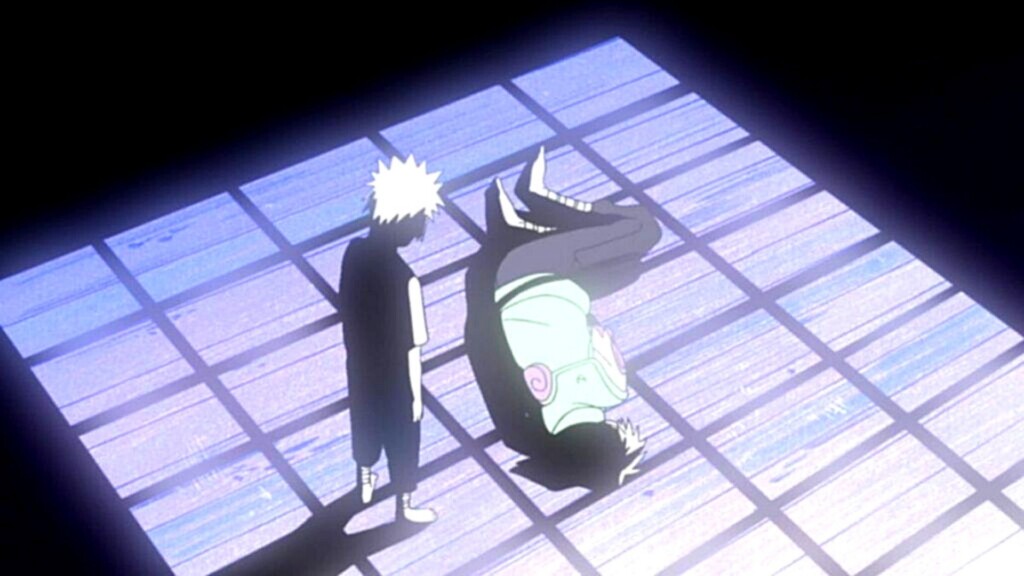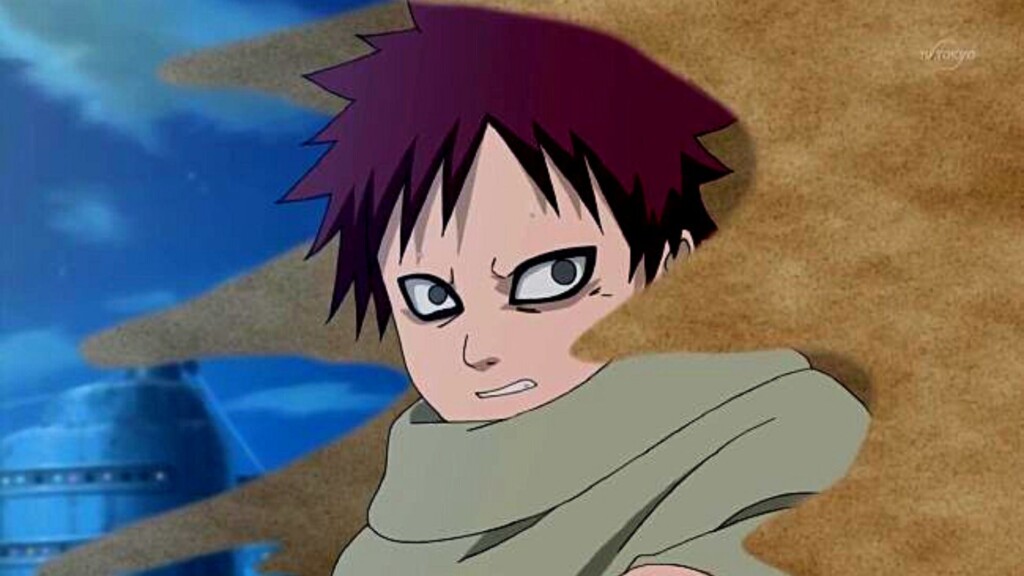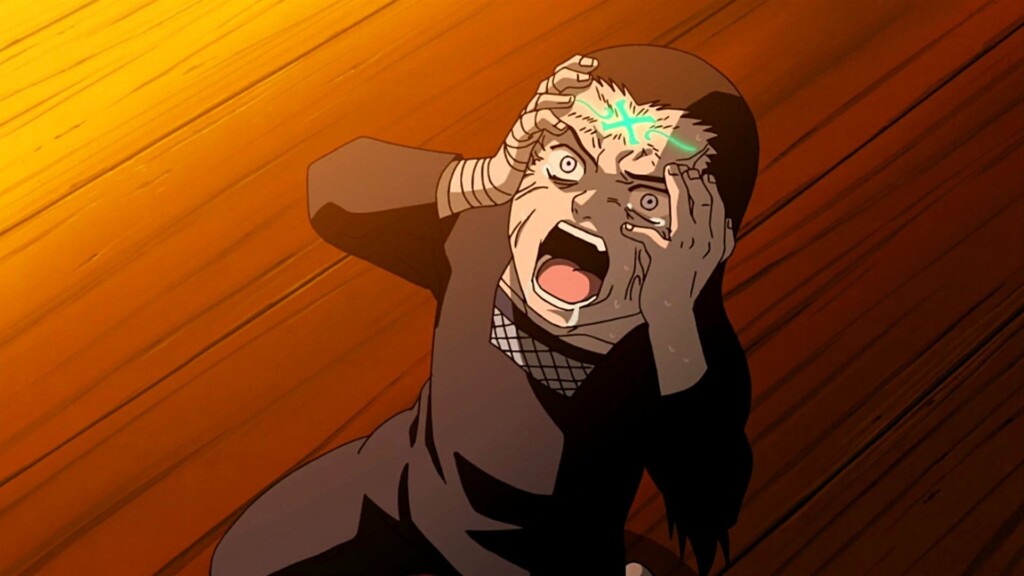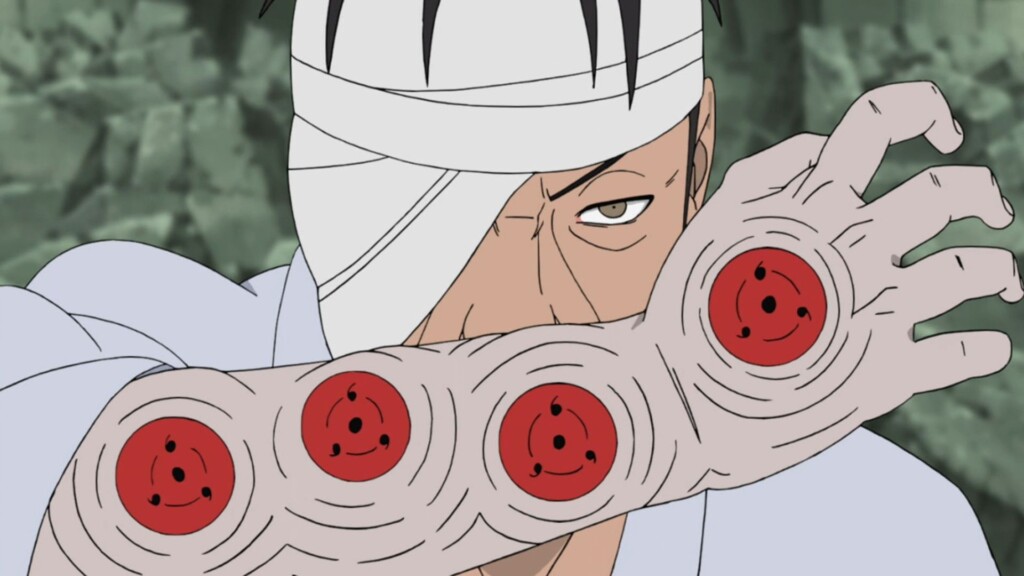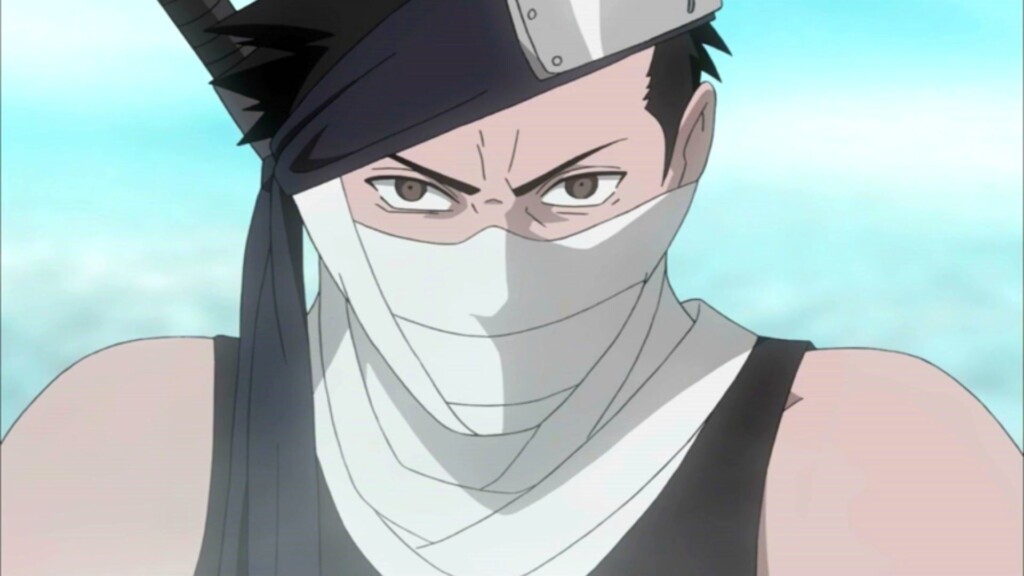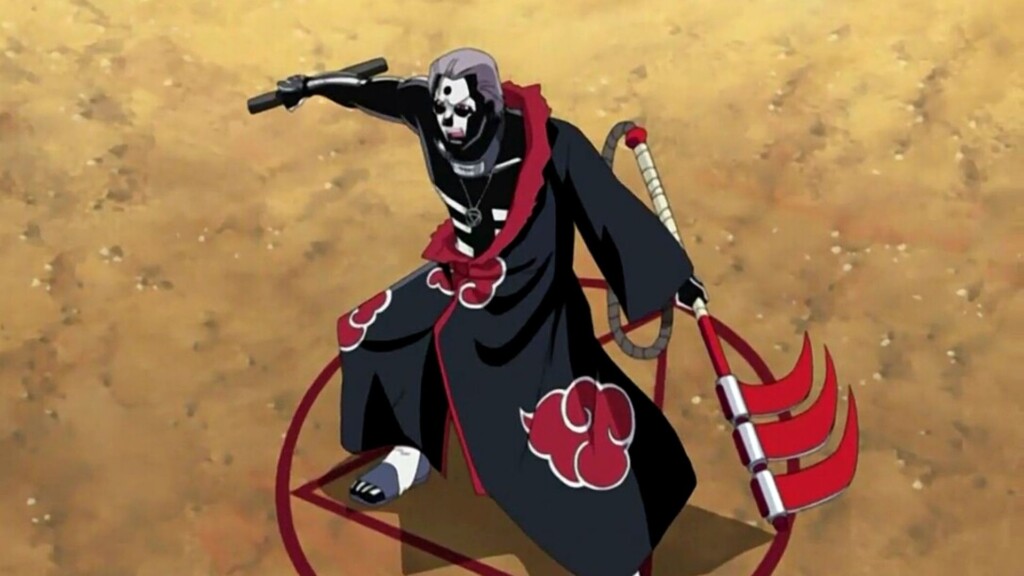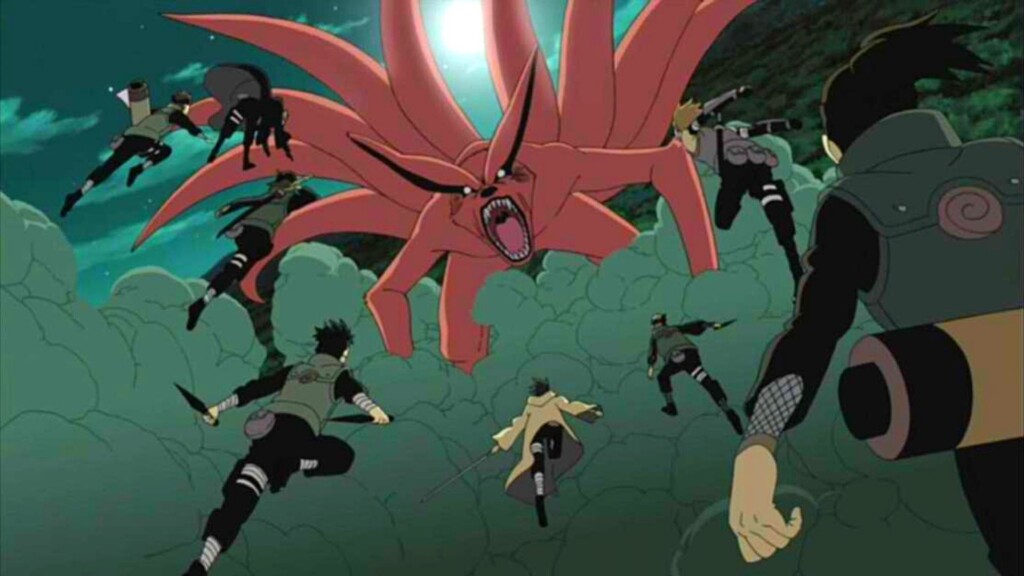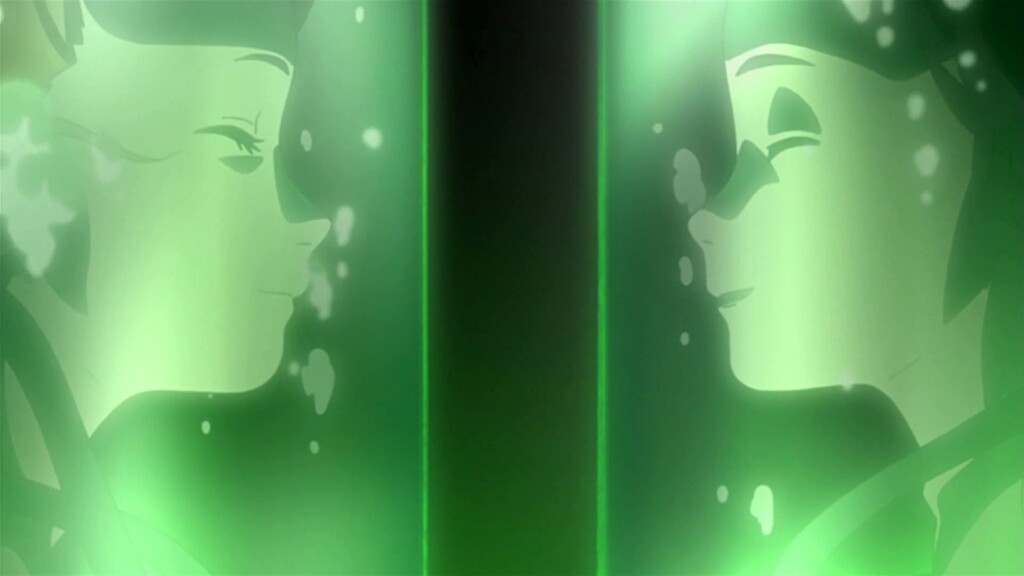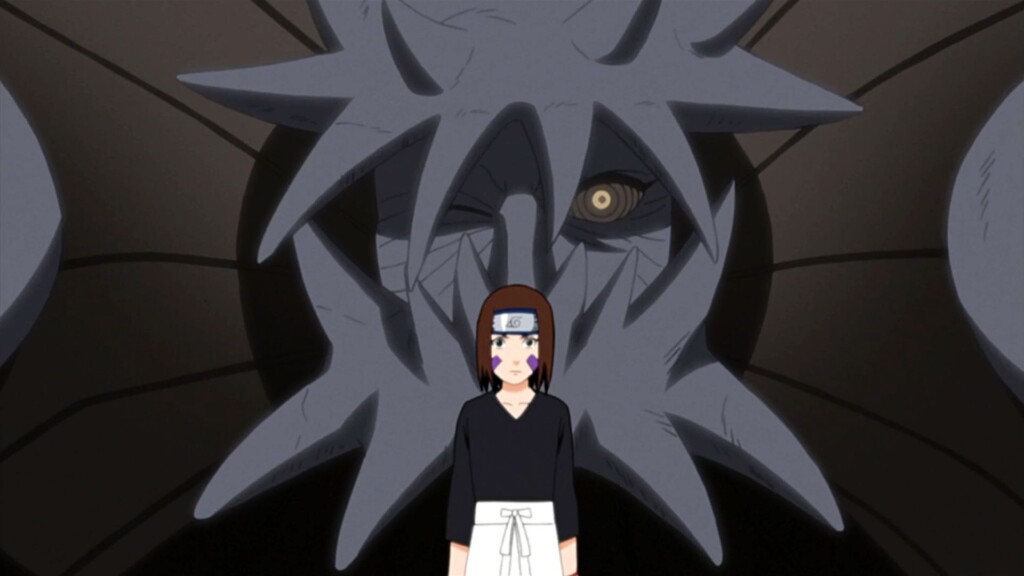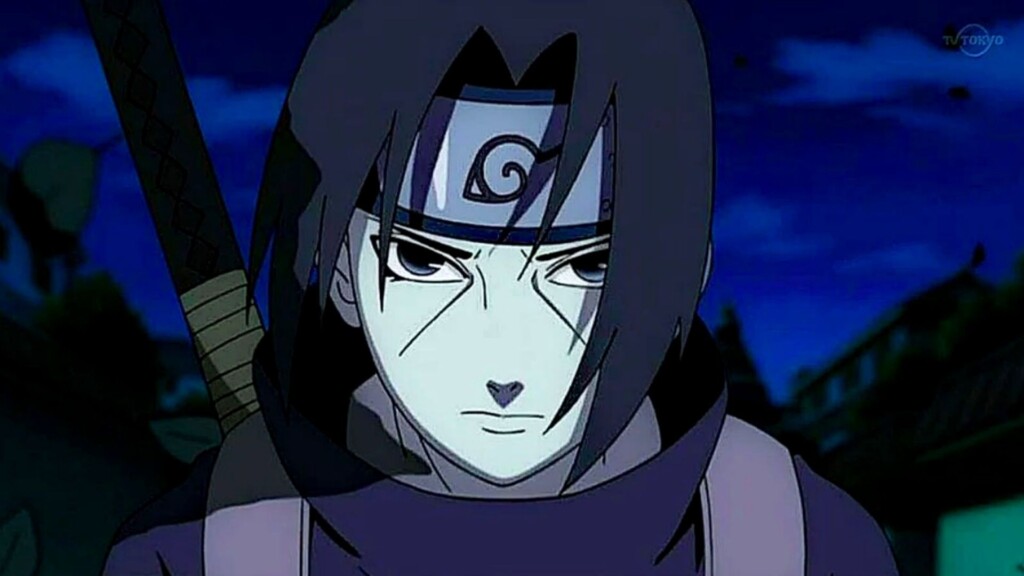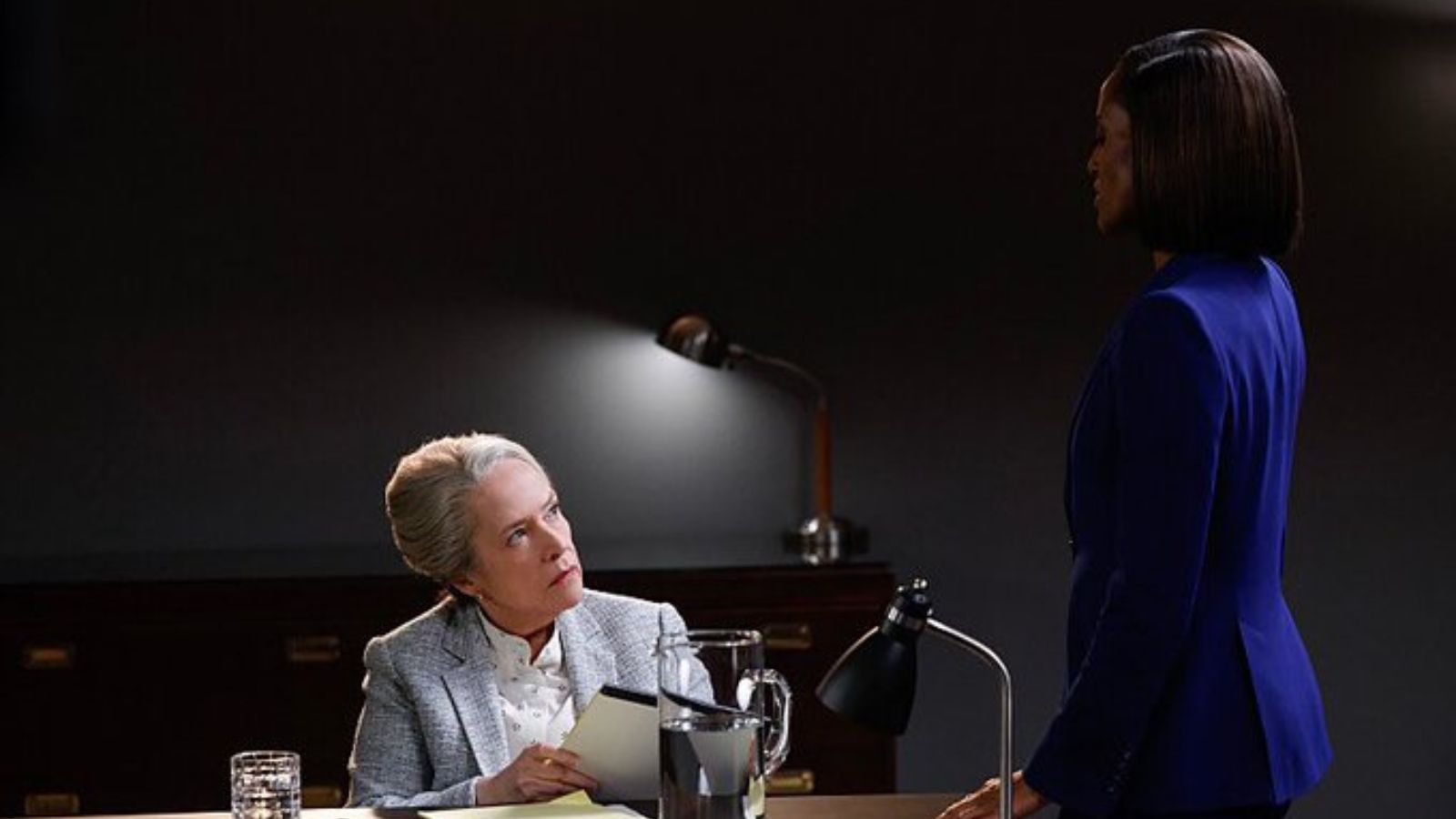
10 Really Dark Things From Naruto That Get Ignored
Almost everyone who is into anime has at least heard of Naruto, regardless of having actually watched it. In Naruto's 200 episodes and Shippuden's 500 more, a beautiful story is unraveled, a story showing that never giving up actually yields results. The plot follows a boy who works really hard to prove himself to his village. In this journey, he befriends the monster within him, literally, and ends up saving the world.
While the series gives a surprisingly hopeful vibe (with the main character’s catchphrase unironically being “Believe it!”), it is anything but that. Naruto as a series is not all sunshine and rainbows, and every viewer is aware of this fact: there are still many mature and grotesque things that get ignored.
Naruto is a dark story about the horrors of war and the psychological, emotional, and physical toll it takes on human beings, portrayed as a child's adventure tale. However, a lot of events are overlooked by the fans due to the massive amount of content. We are here to help you take a closer look at this seemingly ideal world of shinobi and remember ten horrifyingly dark things that were brushed past by the viewers. So with that said, let's get right into it!
10. Sakumo Hatake’s Death
Kakashi's dark past is often discussed in Naruto's fandom; nevertheless, his father's death has never been commented on enough.
Sakumo Hatake, also known as Konoha's White Fang, was Kakashi’s father and a jonin of Konohagakure. He was sent on a mission along with his team that was of great importance to the village. However, when his comrades’ lives were endangered, Sakumo abandoned the mission to save them.
Upon returning to Konoha, Sakumo's decision to prioritize his team's lives over the mission caused him to be vilified by the entire Land of Fire. He was rejected brutally, and even those he had saved turned their backs on him.
The isolation and dishonor faced by Sakumo caused his abilities to suffer, and he fell into a deep depression. Eventually, not being able to take it anymore, Sakumo Hatake committed suicide. Kakashi's father did not take his own life - instead, he was murdered by the people who ostracized him for caring about human lives more than a mission.
This cold attitude of the people was also clearly seen in their treatment of Naruto: not only were they hostile towards a child, but they encouraged their children to do the same. This just goes to show how adults kept failing kids and that Konoha was no better than any other village in Naruto.
9. Gaara’s Dark Past
Gaara suffered a lot as a Jinchuuriki, and it is through this pain that he bonded with Naruto. Yet, just how dark his past was is definitely overlooked by the fans.
The Fourth Kazekage, Gaara’s father, wanted to make one of his children the jinchūriki of the One-Tailed Shukaku to serve as a weapon for the village. While his first two children, Temari and then Kankuro, had not been compatible with Shukaku, Gaara fit the bill perfectly. Due to this, the beast was sealed into him while he was still in his mother's womb. However, this resulted in his premature birth and the death of his mother, Karura.
Gaara was raised mainly by his uncle, Yashamaru, in isolation. After being feared by his family and the other villagers for six years, he believed that Yashamaru was the only one who loved him. However, when Gaara was six years old, his father ordered his uncle to assassinate him. When attacked, Gaara killed the assassin, unaware that it was Yashamaru. The latter, before dying, revealed that he never did love Gaara and, in fact, resented him.
Yashamaru also explained that Gaara's name meant "a demon that fought only for himself." His mother had resented the village for using her son as a weapon and wished that Gaara would live, even if it was to curse the village that had created him.
8. Hyuga Clan’s Curse Seal
Hyuga Clan uses a curse seal on the branch members in order to protect their kekkei genkai. This means their Byakugan are sealed away when they die, preventing its secrets from being learned by enemies.
However, what is truly disturbing about this curse seal is its “secondary” feature. The main house can use the cursed seal to discipline branch house members and even kill them by destroying their brain cells. Basically, it shackles the branch family and prevents them from revolting.
This cursed seal binds the branch members to a life of servitude to the main house, likening their fate to that of a caged bird. With a couple of hand signs performed by any main family member, they could endure excruciating pain and even face death.
Since the cursed seal only disappears at the time of death, many members believed that choosing the manner of their death was the most freeing and significant choice possible. In fact, Neiji felt that he was finally free when he died during the war. This dark reality was ignored throughout the series as it was considered a norm.
Furthermore, while it is true that the Hyuga Clan has changed in Boruto, there is no confirmation that the curse seal has been eradicated.
7. Rampant Eyeball Theft
Be it the Sharingan, or the Byakugan, some of the most spectacular kekkei genkai are doujutsu. The Sharingan, possessed by the members of the Uchiha Clan, allows its user to copy any jutsu it views. It can also use high-level genjutsu and see another person's chakra.
On the other hand, the Byakugan, wielded by the Hyuga Clan, allows users to see for hundreds of miles, even through walls. It can also view chakra points and, in extreme cases, see another person's thoughts and feelings.
While these doujutsus are typically passed on genetically through clans, anyone who transplants it into their eye socket can wield its power. Kakashi Hatake got his Sharingan from Obito Uchiha through this method. Unfortunately, this results in things like members of the Hyuga family being hunted for their eyes and even mass conspiracies involving murdering Uchiha members for their doujutsu.
One of the show's significant antagonists, Danzo, passionately collected Uchiha's eyeballs, i.e., the Sharingan, and embedded them into his own arm. Even members of the same clan tried to steal each other's eyes once their own sight deteriorated due to the overuse of the doujutsu.
6. Kirigakure’s Death Matches
One of the first antagonists in Naruto was Zabuza from Kirigakure. While not much is known about this village, the information we were given is horrific enough.
Kirigakure pitted graduates from their Shinobi Academy against each other in a gruesome deathmatch that didn't see many survivors. This practice was abandoned when Zabuza, then a young child, joined a deathmatch and killed over 100 other young shinobi in training in one go. Just imagining how many children might have died over the years due to this cruel way of graduation sends chills down our spines.
While Kirigakure's practice was dark enough, none of the other villages were innocent. In Konoha, while graduates weren't required to murder each other, they were expected to participate in the chunin exam, where death was always possible. These 12-year-old children had to unleash deadly attacks against each other in tournaments and fight for survival. This dark process was standard almost everywhere in the Narutoverse.
5. Hidan’s Immortality
While other topics on this list are still somewhat talked about, Hidan's immortality is never actually questioned at all. We mean, think about it. This man had no kekkei genkai, unique ninjutsu, and even his physical prowess was average. However, just the simple fact that he was immortal made him a member of the Akatsuki that was extremely difficult to deal with.
During his fight with Shikamaru, Hidan got his head chopped off, and yet he still survived. This shows that by simply worshipping a bloodthirsty god named Jashin, he became immortal. Sure, there were contingencies like he had to consume food and water to live, but Hidan was pretty much unkillable.
While the series failed to acknowledge this god and expand upon it, Hidan’s existence raises so many questions such as - Is Jashin the only god? Can anyone gain immortality by worshipping him? And what even is a God? Like Hidan, there could have been an army of people with only the motive to kill for Jashin and achieve immortality. Despite not having the answers, the thought itself is dark and terrifying.
4. Treatment of the Tailed Beasts
The tailed beasts in Naruto are the nine titanic living forms of chakra created by the Sage of Six Paths out of the chakra from the Ten-Tails. These beasts were created to prevent the Ten-Tails' resurrection and maintain and balance peace.
However, Hashirama Senju captured the beasts forcefully and distributed them amongst the new villages to stabilize the balance of power. In addition, the villages began sealing them into humans, harming both the beast and its host. From then on, humans failed to recognize the tailed beasts as conscious individuals instead of seeing them only as demons, mindless beasts, or weapons.
This is the reason why the tailed beasts hated their hosts. Because they were hunted for their power for centuries and imprisoned against their will, they found it difficult to trust humans again. For example, before Naruto, Kurama was sealed within countless hosts, most of whom did not treat him well.
Furthermore, later in the series, we learned that not only were the beasts sentient, but more capable than humans and comparable to Gods. The fact that these tailed beasts got little to no power over their own lives is something dark that is often ignored in Naruto.
3. Orochimaru’s Human Experimentation
Orochimaru was a terrifying antagonist in Naruto, at least in the beginning. After being caught red-handed performing unethical experiments on his fellow citizens for the sake of this immortality, he defected from Konoha rather than be persecuted for his ambitions. For many years, he sought the village's destruction in order to take revenge.
Orochimaru kidnapped, imprisoned, and killed hundreds of people in pursuit of his own ambitions. He murdered countless children, experimented on them, killed the Kazekage and his escorts, and is basically the reason why Hiruzen is dead. Orochimaru even triggered a siege that resulted in many deaths to satisfy his whims and kept prisoners to use as guinea pigs in several locations.
Despite all of these dark and horrific crimes committed by him, Orochimaru faced little to no punishment due to his contribution to the war. Even in Boruto, he is still free to roam wherever he likes and continues his experiments. In the end, it seems that punishment only goes to lesser criminals in this show.
2. Children Used as Soldiers and Weapons
The biggest tragedy and the darkest moment is the kind of lives the children lived during the war. Kids as young as five years old were trained to fight in wars and become skilled assassins. Not only were they groomed for warfare, but adults also manipulated these children to do genuinely terrifying things.
For example, Itachi Uchiha was exposed to war by his father at a very young age, which profoundly affected him. Furthermore, at the mere age of 13, Danzo ordered him to kill his entire clan. Similarly, Madara Uchiha sealed a tailed beast into the young Rin Nohara in order to manipulate Obito Uchiha into following his plan. Even Kirigakure's deathmatches and other villages' deadly chunin exams were the default in Ninja societies.
Adults failed every single child that suffered in the series and are the ones to be blamed.
1. Everyone Is Redeemable
The fact that every major antagonist is redeemed in the end is one of the darkest things about Naruto that get ignored.
Have you killed hundreds of people and experimented on children? Or have you murdered your entire clan? No matter, in Naruto, everyone is redeemable. In fact, leaving redemption alone, many are actually idolized by the fans.
Take Itachi, for example. He killed his entire clan and tortured his brother for years out of a warped sense of duty he had towards his village. Instead of preventing the war, he chose the ''easy'' way by killing every man, woman, and child. Despite this, he was redeemed and treated like a hero! Even Orochimaru was not punished, despite his horrendous crimes, and Kabuto actually ended up running an orphanage.
Coming to characters that are not exactly villains, there's also the case of Gaara. While adults failed him, he did murder a lot of people during his childhood. No matter the reason, the dead do not come back to life. Despite this, Gaara instead became the Kazekage, shattering the hope for justice the families of the deceased might have harbored.
While all of these cases show that people can change once given a second chance, many wonder to what extent their crimes will be pardoned - nevertheless, in Naruto, it seems that everyone is redeemable.

